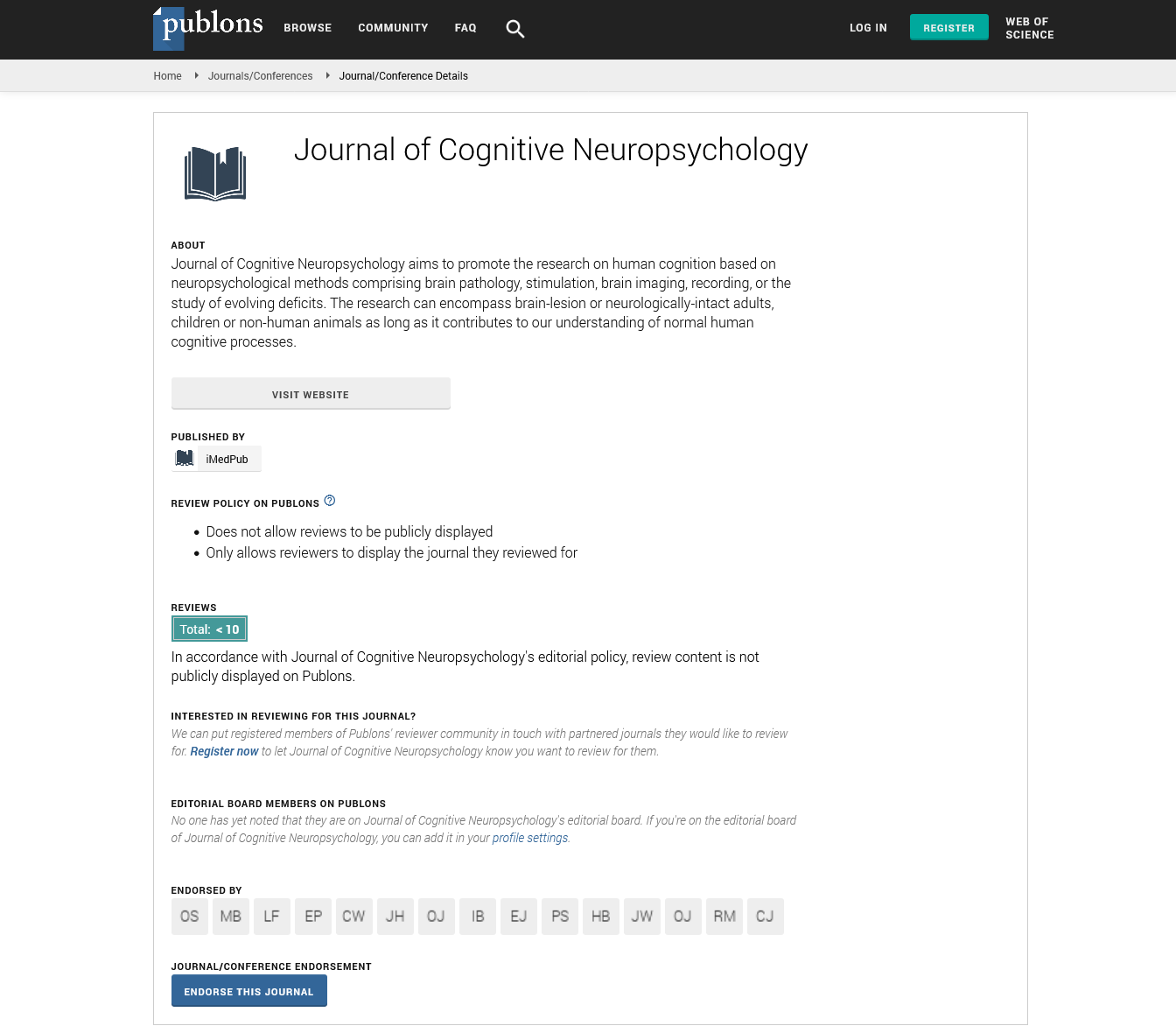Intraoperative Neurophysiological Monitoring (IONM) Alerts in 2,599 Lumbar Surgeries
World Congress on Neurorehabilitation
July 05-06 2021 | Webinar
Faisal R. Jahangiri MD, CNIM, D.ABNM, FASNM, FASET, Kathryn Overzet, Hiral Gorasia, Haley Puryear,
Tal Allouche, Elizabeth Ekvall, John Moorman, Nicholas Bathurst
Axis Neuromonitoring LLC; 2School of Behavioral and Brain Science, The University of Texas at Dallas, Richardson, Texas, USA
ScientificTracks Abstracts: J Cog Neu
Abstract
Intraoperative neuromonitoring (IONM) has been used in surgical procedures where the functional integrity of the nervous system is at risk. More recent studies have shown the benefits of IONM in lumbar surgeries. Our data shows the incidence of different alerts in various types of lumbar surgeries utilizing IONM. We performed a retrospective analysis of IONM data of 2,599 extradural lumbar surgeries performed between January 2019 to March 2021 (males 50.2%, females 49.8%; 6-89 years, median 52 years). We identified surgical events categorized by changes in neurophysiological signals that required intraoperative intervention, surgical pause, or other efforts to prevent any neurological injury. The aims of the study were to determine the most common alert type, type of surgical approach with the highest incidence of alerts, and modality with the highest incidence of alerts. A total of 1072 events occured with highest incidence in lateral lumbar surgeries (21.3%) and lowest incidence in anterior lumbar surgeries (11%). A single surgery may have more than one event: anesthesia: 227, positioning: 203, surgical: 642. EMG activity occurred in approximately 75% of the cases with surgical events. 651 of the events were resolved by closing. 145 were not resolved by closing, and 74 were alerts (such as T-EMG navigation) where the modality resolution was not applicable. According to our data, surgical events were the most common type of alerts and EMG as the common modality. IONM assists the surgical team in preventing post-operative neurological deficits. Many potential post-operative deficits were resolved intraoperatively with IONM.
Google Scholar citation report
Citations : 8
Journal of Cognitive Neuropsychology received 8 citations as per Google Scholar report
Journal of Cognitive Neuropsychology peer review process verified at publons
Abstracted/Indexed in
- Google Scholar
- Publons
- MIAR
Open Access Journals
- Aquaculture & Veterinary Science
- Chemistry & Chemical Sciences
- Clinical Sciences
- Engineering
- General Science
- Genetics & Molecular Biology
- Health Care & Nursing
- Immunology & Microbiology
- Materials Science
- Mathematics & Physics
- Medical Sciences
- Neurology & Psychiatry
- Oncology & Cancer Science
- Pharmaceutical Sciences
